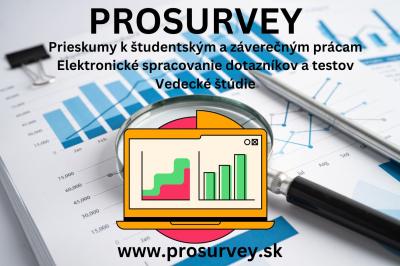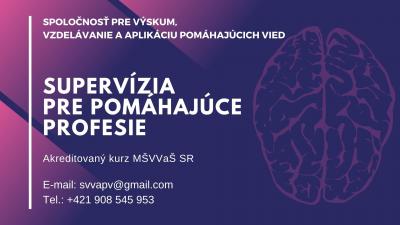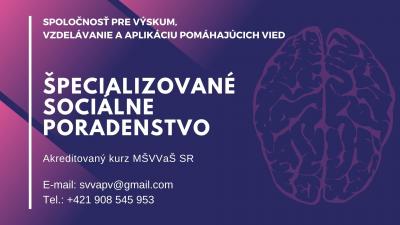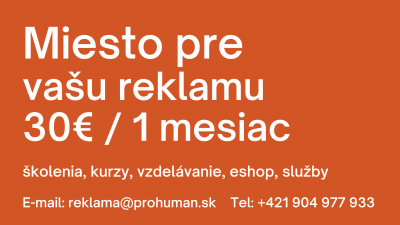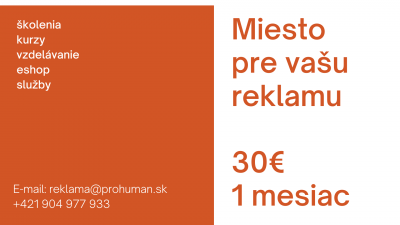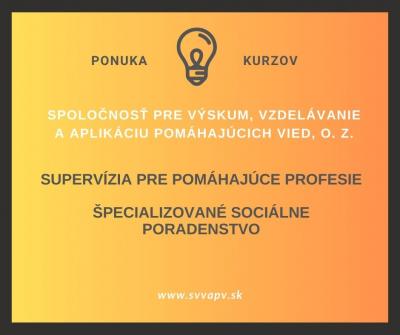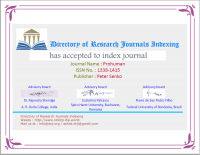apr
6
2025
Abstrakt: Autorka sa vo svojom článku zameriava na problematiku titulkovania a titulkovaných programov pre osoby so sluchovým postihnutím. V samotnom článku predstavuje autorka teoretickú rovinu danej problematiky a na druhej strane prezentuje praktické uplatnenie teórie v praxi. V teoretickej časti ponúka základné uvedenie do menovanej problematiky so zameraním sa na podmienky určujúce kvalitné titulky v programoch pre osoby so sluchovým postihnutím a odôvodnenie, prečo je tento spôsob debarierizácie tak dôležitý. V časti metodologickej alebo empirickej ponúka informácie a výsledky z prieskumu v danej oblasti, a aktuálny stav danej problematiky v zmysle zákonov a vyhlášok. V rámci realizovanej praxe poukazuje ako na slabé, tak aj silné stránky titulkovania pre osoby so sluchovým postihnutím a poskytuje návrhy do praxe, ktoré by mohli z jej pohľadu pomôcť v procese titulkovania programov pre osoby so sluchovým postihnutím, a súčasne by mohli napĺňať aj podmienky zákona pre verejných poskytovateľov v procese multimodálneho prístupu. Pridanou hodnotou titulkovania programov pre osoby so sluchovým postihnutím, ktorú autorka uvádza je nepriamo okrem znižovania informačnej bariéry u osôb so sluchovým postihnutím aj zvýšenie gramotnosti u osôb so sluchovým postihnutím.
Kľúčové slová: informačná bariéra, komunikačná bariéra, nepočujúci, rozvíjanie gramotnosti, skryté titulky.
Abstract:The author, in her article, focuses on the issue of subtitling and subtitled programs for people with hearing impairments. In the article, she presents both the theoretical background of the topic and the practical application of this theory. In the theoretical part, she provides a basic introduction to the subject, focusing on the conditions that determine the quality of subtitles in programs for the hearing impaired, and explains why this form of accessibility is so important.
In the methodological or empirical section, she offers information and results from research in this area, as well as the current state of the issue in terms of laws and regulations. Within the practical part of the article, she highlights both the strengths and weaknesses of subtitling for people with hearing impairments and provides practical suggestions that, from her perspective, could help improve the subtitling process for these individuals. At the same time, these suggestions could help fulfill the legal requirements for public broadcasters in implementing a multimodal approach.
An added value of subtitling programs for people with hearing impairments, as the author points out, is that, in addition to reducing informational barriers, it also indirectly contributes to improving literacy among people with hearing impairments.
Key words: Informational barrier, Communication barrier, Deaf, Developing literacy, Closed captions.
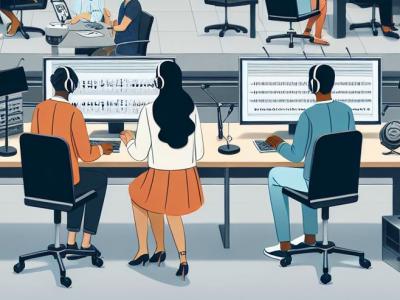 Ilustrácia: vytvorené umelou inteligenciou (2025)
Ilustrácia: vytvorené umelou inteligenciou (2025)
